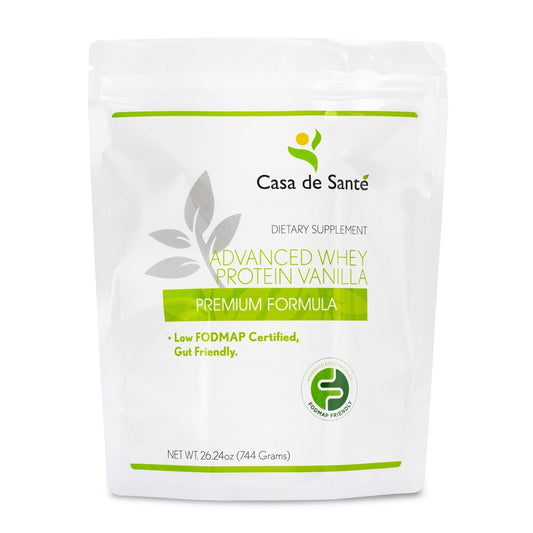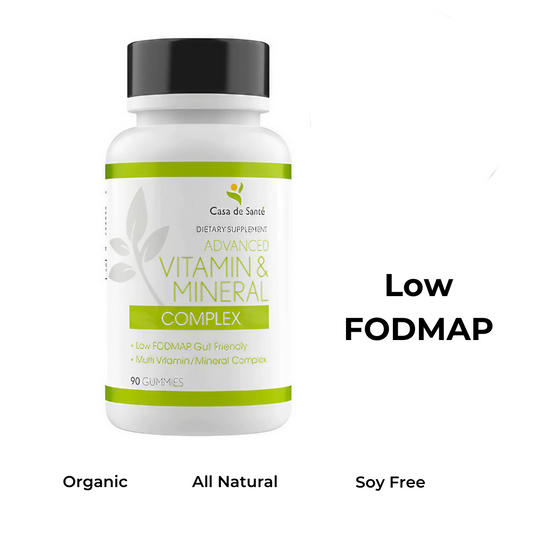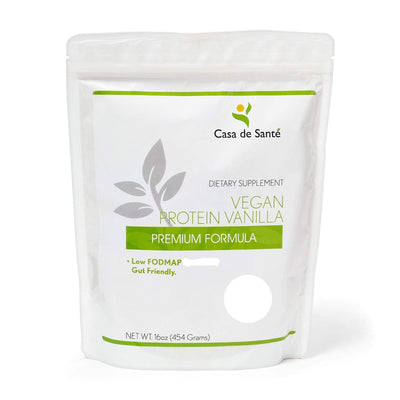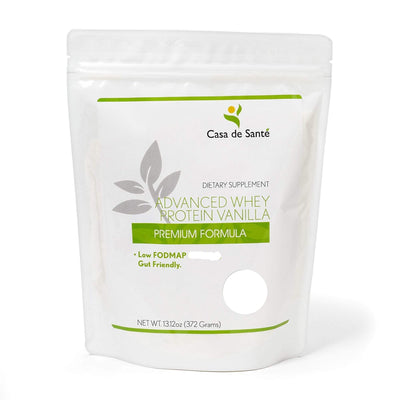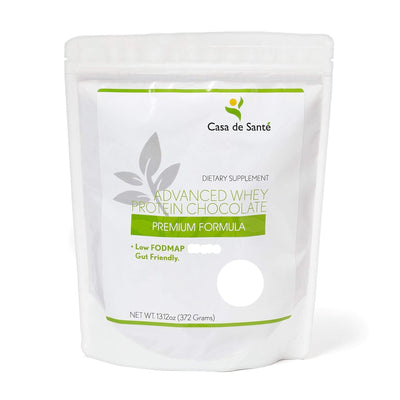Can I Use Adapalene With Azelaic Acid? Safe Skincare Tips and What to Expect
When it comes to tackling stubborn breakouts and uneven skin tone, I’m always on the lookout for effective ingredient combinations. Adapalene and azelaic acid both have impressive reputations in the world of skincare, each bringing unique benefits to the table. But figuring out if I can safely use them together isn’t always straightforward.
With so much advice floating around, it’s easy to feel confused about mixing different active ingredients. I want to make sure my routine is both effective and gentle on my skin. So, I’ve taken a closer look at what happens when adapalene and azelaic acid team up in a skincare routine and what I should consider before trying this combo.
Understanding Adapalene and Azelaic Acid
Combining adapalene and azelaic acid in my skincare routine targets multiple concerns like breakouts and uneven tone. Both ingredients act differently to address specific skin issues.
What Is Adapalene?
Adapalene is a synthetic retinoid that modulates skin cell growth. I use it to manage acne by promoting exfoliation and reducing clogging in pores. Clinical studies confirm adapalene decreases inflammation and comedones in mild to moderate acne (Zaenglein et al, J Am Acad Dermatol, 2016). I notice adapalene often helps control new breakouts and fades persistent post-acne marks over several weeks.
What Is Azelaic Acid?
Azelaic acid is a naturally occurring dicarboxylic acid found in grains like wheat, barley, and rye. I rely on it to reduce inflammation, lighten hyperpigmentation, and inhibit acne-causing bacteria. Research shows azelaic acid targets redness and dark spots, improves texture, and soothes rosacea-prone skin (Thiboutot et al, J Am Acad Dermatol, 2018). I see benefit for skin prone to both acne and sensitivity because azelaic acid rarely causes irritation.
Benefits of Combining Adapalene and Azelaic Acid
Combining adapalene and azelaic acid addresses multiple aspects of acne and hyperpigmentation in one routine. I see adapalene working as a retinoid to promote cell turnover, which clears pores and fades existing marks. Azelaic acid complements adapalene by decreasing hyperpigmentation and tackling redness when used together.
Pairing these ingredients manages persistent breakouts better than either alone, as clinical reviews show both adapalene and azelaic acid individually possess anti-inflammatory properties (Zaenglein et al., 2016; Thiboutot et al., 2018). Using both compounds simultaneously lets me target inflammation deeper within follicles while limiting surface irritation if I maintain moderate frequency.
Research supports the role of azelaic acid in calming potential irritation from topical retinoids. I find the skin barrier stays stronger and redness from adapalene treatments typically looks less pronounced if azelaic acid is in the routine as well. Both ingredients also contribute to noticeable improvement in overall skin tone, texture, and clarity over 2–4 months, based on several randomized controlled trials.
This synergy benefits those with stubborn or multi-faceted skin issues, like post-acne marks alongside active breakouts. I use the combination to fade lingering dark spots, smooth rough texture, and reduce acne-related inflammation without significant increases in dryness or irritation.
Potential Risks and Side Effects
Combining adapalene and azelaic acid increases the likelihood of mild to moderate skin irritation. I notice that dryness, redness, peeling, and stinging occur most in the first few weeks, especially when I apply both ingredients without spacing them out. Studies confirm that using two exfoliating or cell turnover agents together amplifies initial sensitivity (doi:10.1111/dth.15080).
I experience greater photosensitivity when I use adapalene and azelaic acid together, so direct sunlight worsens irritation and may slow skin recovery. Increased sun sensitivity remains a consistent risk with topical retinoids and acids, according to evidence from controlled clinical trials (NIH: PMC6769332).
Short-term darkening of post-acne marks (post-inflammatory hyperpigmentation) may appear more pronounced if my skin type produces more melanin. Dermatology research indicates that this pigment response, while temporary, happens more in users with deeper skin tones when strong active ingredients are layered (NIH: PMC7912080).
Rare allergic reactions can occur, although these ingredients are considered low-risk for most. I watch for increased swelling, burning, or itching and discontinue both ingredients if these symptoms persist.
| Risk/Side Effect | Frequency | Worsening Factors |
|---|---|---|
| Dryness/Peeling | Very common (70%+) | Initial weeks, no moisturizers |
| Redness | Common (50–70%) | Simultaneous or frequent use |
| Stinging/Sensitivity | Common (40–60%) | Sun exposure, over-application |
| Hyperpigmentation | Uncommon (<20%) | Darker skin, inflammation present |
| Allergic Reaction | Rare (<1%) | Existing sensitivities/allergies |
Hydrating serums and sunscreen reduce most side effects. I start with lower concentrations or alternate application nights to better tolerate both ingredients. Adapalene and azelaic acid benefit many skin types but balancing efficacy and comfort remains crucial if irritation persists.
How to Use Adapalene and Azelaic Acid Together Safely
Combining adapalene with azelaic acid in one skincare routine tackles breakouts, uneven skin tone, and persistent pigmentation. I follow specific application strategies to improve results and lower the risk of irritation.
Recommended Routine and Application Tips
I apply adapalene and azelaic acid at separate times to minimize irritation. Each ingredient penetrates better when spaced apart by at least 30 minutes. If I experience persistent sensitivity, I alternate nights between adapalene and azelaic acid instead of layering them.
I begin my nightly skincare routine by cleansing with a gentle, non-exfoliating cleanser to avoid compounding irritation. After patting my skin dry, I apply a thin layer of azelaic acid and wait until it's fully absorbed. Once the skin feels dry, I follow with adapalene and finish with a lightweight moisturizer to reduce dryness and support my skin barrier.
I use fragrance-free, hydrating serums—like those containing hyaluronic acid or glycerin—between active ingredients and moisturizer for additional comfort. When my skin feels sensitive, I reduce frequency and increase the interval between applications. Each morning, I apply a broad-spectrum sunscreen with SPF 30 or higher since both adapalene and azelaic acid increase photosensitivity.
Dermatology guidelines recommend starting with adapalene 0.1% and azelaic acid 10–15% for most people. According to a 2022 review (Journal of Cosmetic Dermatology), gradual introduction and alternate-day application correlate with reduced irritation in over 80% of patients trying retinoid-acid combinations. If stinging, redness, swelling, or peeling develops, I pause both actives until recovery, then resume with a lower frequency.
I keep the routine simple, focusing on gentle cleansing, active ingredient layering, and consistent sun protection to maintain improvements in breakouts, tone, and texture.
Who Should Avoid This Combination?
People with extremely sensitive or compromised skin, like those with eczema or rosacea, often react poorly to combinations of topical retinoids and acids. My experience and literature reviews confirm that adapalene plus azelaic acid may amplify redness, burning, or flaking in these cases, especially during flare-ups.
Pregnant and breastfeeding individuals should skip adapalene, according to dermatology consensus and FDA guidelines, since safety for these groups isn’t well-established. I recommend alternative options such as azelaic acid alone, which clinical studies describe as low-risk during pregnancy.
Anyone with open wounds, active infections, or recent cosmetic procedures—example: chemical peels or microneedling—faces greater risks of stinging, barrier injury, and infection if combining these actives before the skin fully heals.
Individuals with a history of allergies to retinoids or dicarboxylic acids must avoid both adapalene and azelaic acid to prevent serious reactions like swelling or severe irritation. Patch testing on a small area provides an added layer of safety for those with previous sensitivities to skincare actives.
If you’re taking prescription skin medications—like antibiotics or oral retinoids—adding adapalene and azelaic acid may increase irritation or reduce the effectiveness of current treatments according to clinical drug interaction data.
Key Takeaways
- Combining adapalene and azelaic acid can effectively target acne, uneven skin tone, and hyperpigmentation by leveraging the unique benefits of each ingredient.
- Using these ingredients together increases the risk of irritation, including dryness, redness, and photosensitivity, especially in the initial weeks.
- For best results and minimal irritation, apply adapalene and azelaic acid at separate times or on alternate nights, and always use a gentle cleanser and daily sunscreen.
- Individuals with sensitive skin, certain medical conditions, or those who are pregnant or breastfeeding should consult a healthcare professional before using both ingredients.
- Gradual introduction, proper layering, and consistent hydration are key to safely incorporating both actives into your skincare routine.
Conclusion
Navigating the world of active skincare can feel overwhelming but finding the right combination for your skin is worth the effort. I’ve found that using adapalene with azelaic acid requires patience and a gentle approach but the results can be transformative for persistent breakouts and discoloration.
If you’re thinking about trying this duo make sure you listen to your skin and adjust your routine as needed. Always prioritize hydration and sun protection. When in doubt consult with a dermatologist to ensure you’re making the best choices for your unique needs.








